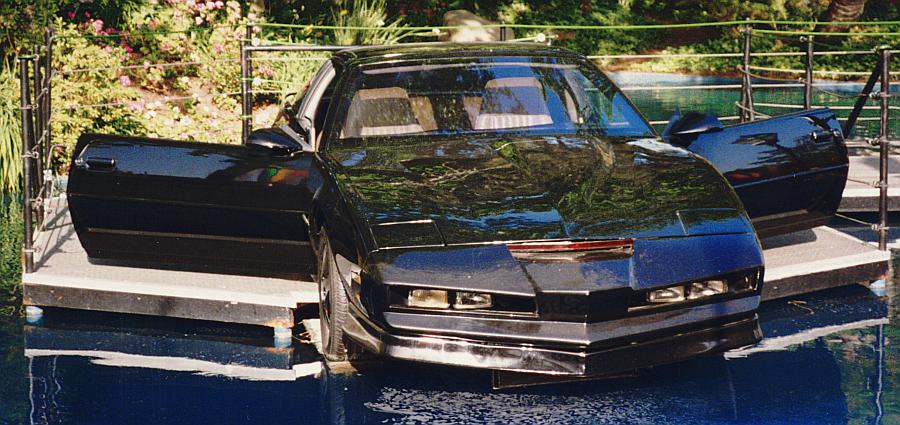5/17/2015
Google’s self-driving cars have finally hit public roads as of Friday, May 15th around the company headquarters in Mountain View, California. This comes after 6 years of trials on test tracks and over a million miles of testing. Although working with automakers Lexus, Audi, and BMW, among others during the testing process, Google has designed the prototype vehicles from scratch based on technology used from its project partners. The testing has been relatively smooth, but the company recently reported that the vehicles have been involved in 11 minor accidents overall with no reported injuries among its test “drivers.” In fact, none of the accidents, according to Google, were from the technology itself, instead attributing the mishaps to user-error. This brings about a series of questions regarding the type of governmental regulation that will be required if the vehicles become a fixture on American roads. Due to the technology’s newness and complexity, it is likely that regulators and the engineers working with the evolving technology will have to forge a close-working relationship in order to create consistent, manageable oversight for this giant leap forward in the transportation industry.

Source: Wikimedia Commons
The term “driverless cars” is actually a misnomer, “self-driving” is generally more accurate. Although California, Michigan, Florida, Nevada, and Washington DC have enacted laws allowing and regulating these vehicles, much of the country has no official policy regarding self-driving cars. 14 states are currently working on regulation or legislation, however, 12 states have voted down such proposals. This inconsistency may be an especially problematic dilemma in avoiding a patchwork regulatory system throughout the country, likely needing comprehensive federal regulations from the National Highway Transportation Safety Administration (NHTSA). This may become especially important as Diamler Trucks North America recently unveiled the first self-driving tractor trailer at a Nevada auto show, an innovation that may forever alter the future of trucking. Although acknowledging that there are current and will be future concerns regarding the safety of this technology, Secretary of Transportation, Anthony Foxx recently said, “Washington should not be an impediment to technology improving our overall system.”
Even among states that have created legislation for the vehicles have far differing views. In California, for example, they are still only legal for testing and not for consumer use, while in Florida, the law is toothless, simply stating, that the state “does not prohibit or specifically regulate the testing or operation of autonomous technology.”Questions also arise as to how regulations regarding self-driving vehicles will coincide with current laws. In New York for example, current state law requires drivers to have at least one hand on the steering wheel at all times. While drivers could technically still put one hand on the wheel even if not steering, how would this mesh with the spirit of the law? In California, Google complied with state law by installing gas pedals and steering wheels (although removable), even though the vehicle does not need them to operate on its own.
In order to sort through these issues, regulators at the state and federal levels will have to work in close concert with the technology providers in order to avoid reactionary trial and error oversight that has plagued agencies like the NHTSA during the massive vehicle recalls of the past few years. Recently-appointed NHTSA Administrator, Michael Rosekind, has made it clear that he wants to take a more proactive approach to the industry, much like the Federal Aviation Administration, and prevent future problems before they occur. It is likely that self-driving cars will be available for consumer use sometime between 2017 and 2020, although the NHTSA has stated that they will have some guidelines in place by the end of 2016. Audi spokesman, Brad Stertz has concerns about the agency’s haste however, saying “We see a danger of actions taken too early to govern piloted driving 10 to 20 years into the future.” Tesla founder, Elon Musk, for example, sees the elimination of all human-operation in vehicles within 20 years, essentially making the concept of “drivers” obsolete. In addition to current things like airbags, seatbelts, and speed limits, new issues like communications compatibility, software requirements, and the degree of driver interaction will all be left for regulators to address. The complexity of the technology and its rapid rate of change further highlight the need for all parties involved to share ideas and solutions, in essence, allowing these companies to help decide the rules of the road for self-driving vehicles.
Sources:
CNN Money – Hope King and Heather Kelly
Crain’s/AP – Justin Pritchard
Wired – Alex Davies


Join the conversation!